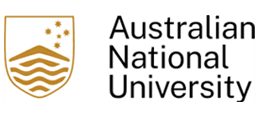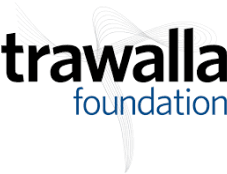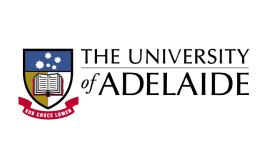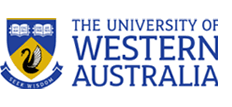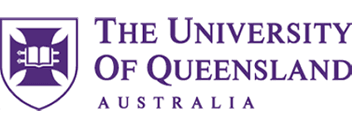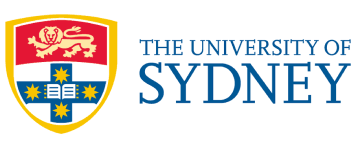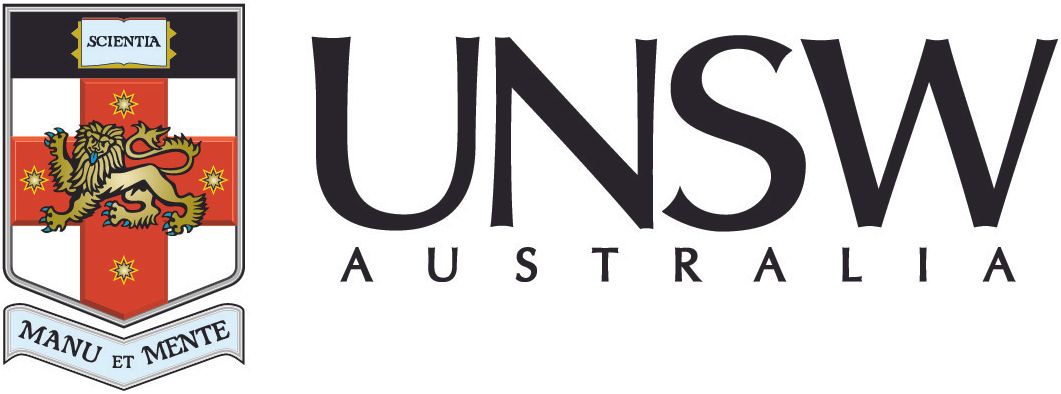Our national list of threatened plants and animals has just reached 2,118 species – it is the tip of the iceberg
The artesian spring fed pools in the Dalhousie Complex are the home of the three Critically Endangered fishes just added to the national threatened species list. Image: Stephen Mabbs.
Media Release
7 August 2024
Thousands of species are likely to meet the national threatened species criteria but have never been assessed, leaving them without protection under national environmental law.
The Australian Government has added another 13 native plants and animals to our national list of threatened species, bringing the total to 2,118 species of which 102 are extinct. We also have 106 Threatened Ecological Communities
The 13 new additions include five plants (NSW and Vic), three desert springs fish (SA), the NT’s pig-nosed turtle, the alpine water skink (NSW and Vic), Pugh’s frog, a legless lizard (NSW) and the ringed thin-tail gecko near Gladstone (QLD).
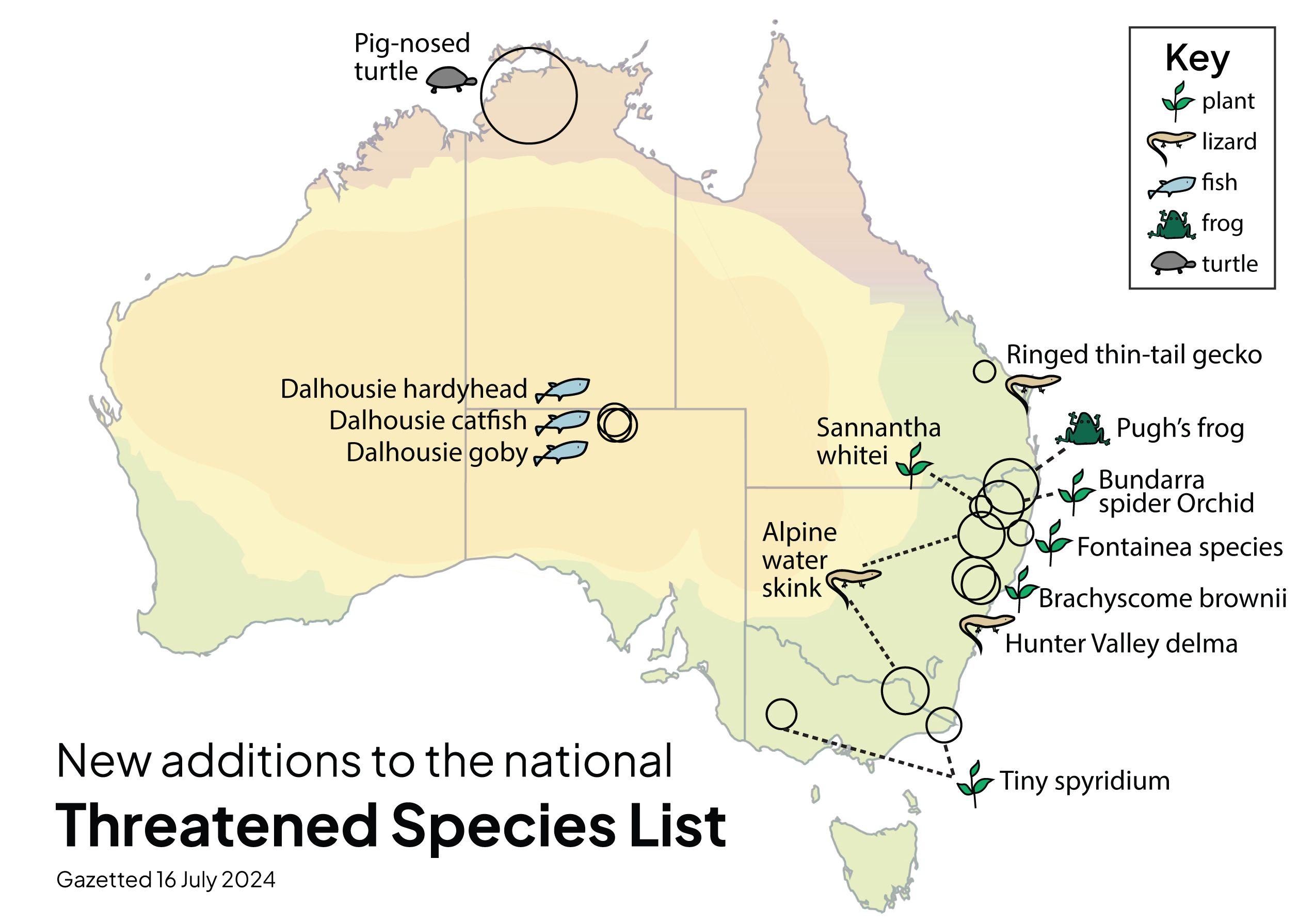
According to the Biodiversity Council this is only the tip of the iceberg and there are thousands of other species that may meet the criteria but have never been assessed.
By international standards, Australia performs poorly in conservation assessments.
For example, only 39% (4 out of 10) of Australia’s unique plant species have had their threats and conservation status assessed. By comparison New Zealand and South Africa have each assessed 87% (almost 9 out of 10) of their unique species
Biodiversity Council Co-Chief Councillor Professor Hugh Possingham at The University of Queensland said that seeing these latest 13 species go on to the list is bittersweet.
“It is of course sad that the population numbers of these uniquely Australian species have declined to the point that they are now considered at risk of extinction.
“But recognising their plight and adding them to our national list of threatened species is essential to do better for these species.
“Listing species under the Environmental Protection and Biodiversity Conservation Act affords them greater legal protection and visibility and will hopefully also attract new action to conserve them.
“The Australian Government has committed to preventing further extinctions. Having an accurate threatened species list to guide conservation strategies and decisions is essential to achieving this.
“It is also one of our obligations under the Convention on Biological Diversity."
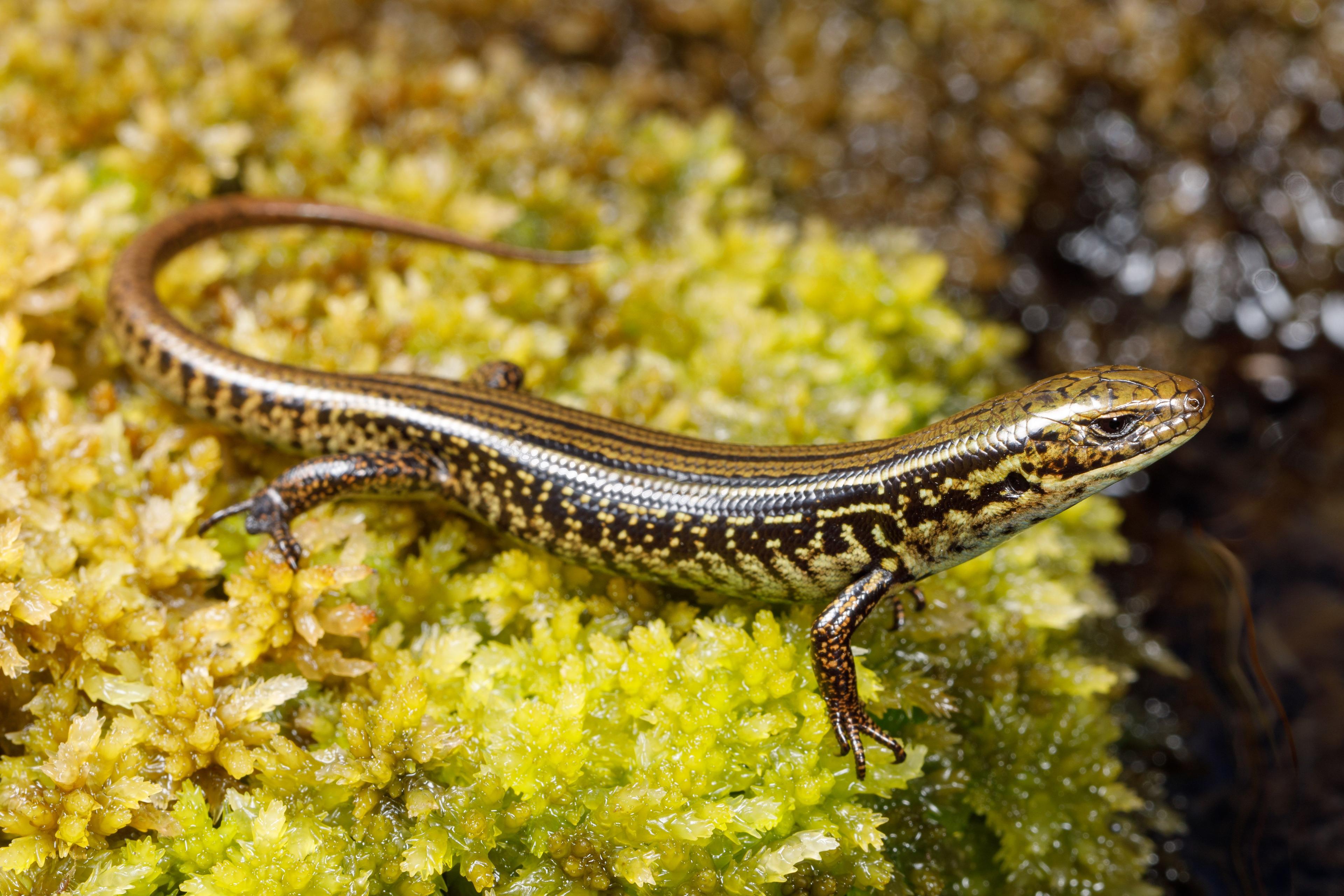
The alpine water skink has just been added to the national threatened species list. It is found in alpine areas of New South Wales and Victoria. It is threatened by invasive species which damage its habitat like feral horses and deer, and by climate change. Image: Jules Farquhar/Monash University
The Biodiversity Council is calling for more resourcing to scale up assessments and the preparation of Conservation Advices for species deemed to be threatened.
Biodiversity Council Director James Trezise said, “The listing assessment process is resource intensive as it requires detailed analysis of monitoring data and other scientific studies against robust criteria that demonstrate that it is genuinely at increased risk of extinction.
“At the moment we are concerned that not enough resourcing is going to these processes, and as such we are seeing far fewer species being added to the list than are actually at risk.
“It is really important that there is adequate resourcing by the Australian Government to do this work.
“In addition to improving listings, Australia also needs to greatly increase funding for the onground action needed to protect and recover these species.”
Yesterday Environment Minister Tanya Plibersek announced funding for four organisations to appoint threatened species recovery coordinators.
The funding will go to the Zoo and Aquarium Association, Birdlife Australia, Australian Network for Plant Conservation and Tasmanian Government. The species that will benefit include the red hand fish, orange-bellied parrot, ammonite snail and native guava.
“These new recovery coordinators are a really important step to improving the plight of threatened species, so this is a welcome announcement. The reality is they will need accompanying funding to get action happening on the ground.
“The best available science tells us that we need an annual investment of $2 billion to safeguard our vanishing wildlife, and we are a long way from that.”
The Biodiversity Council is an independent expert group founded by 11 Australian universities to promote evidence-based solutions to Australia’s biodiversity crisis.



